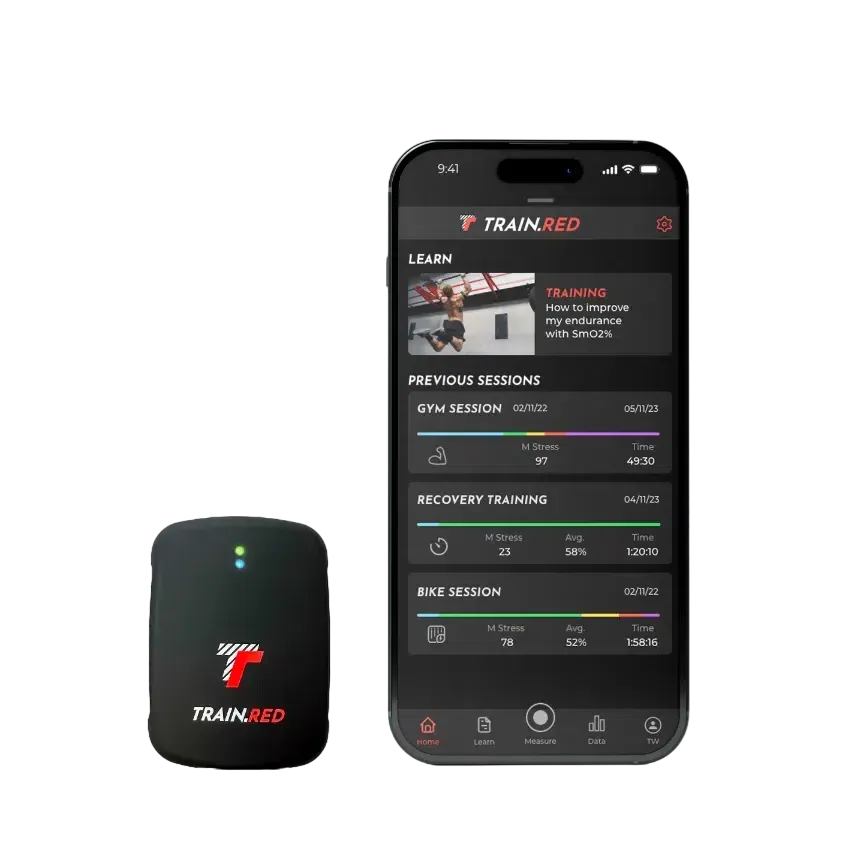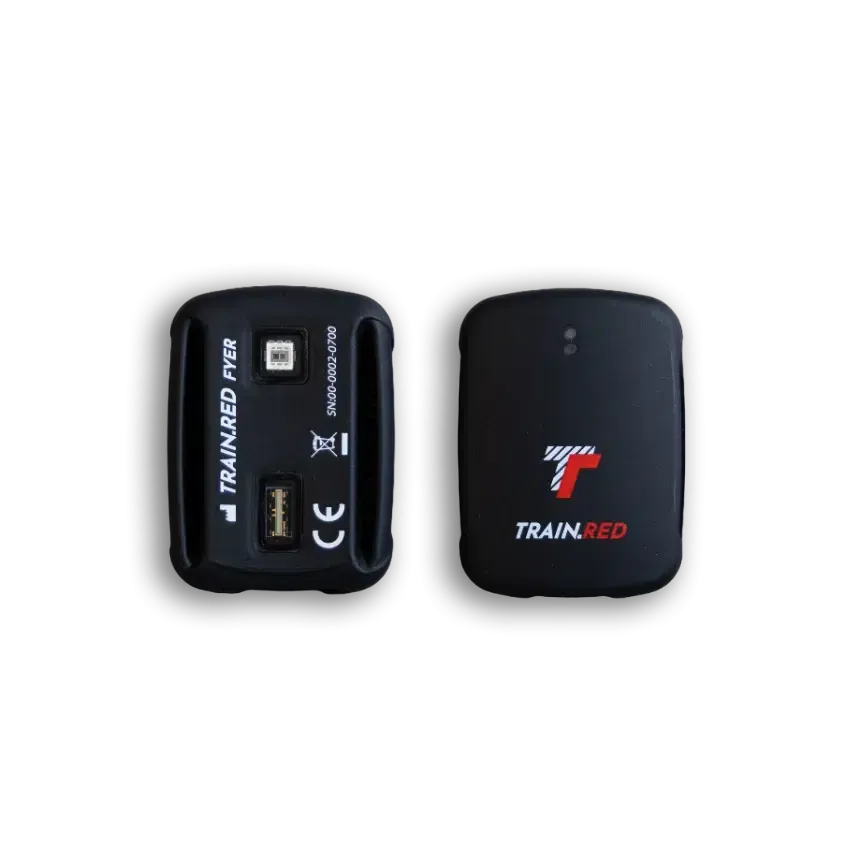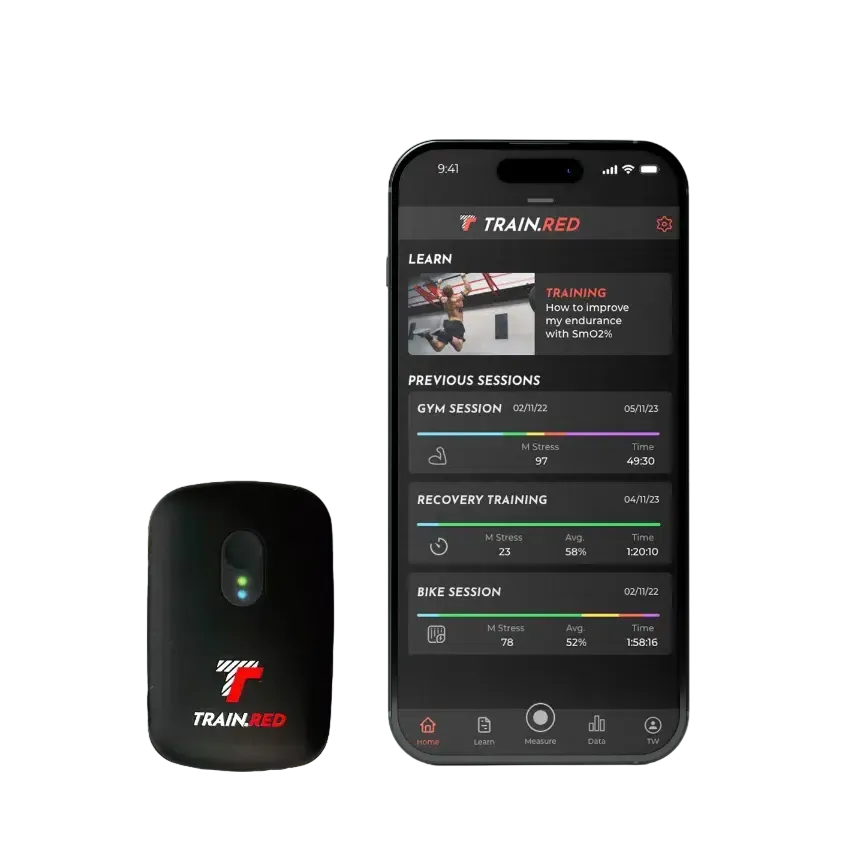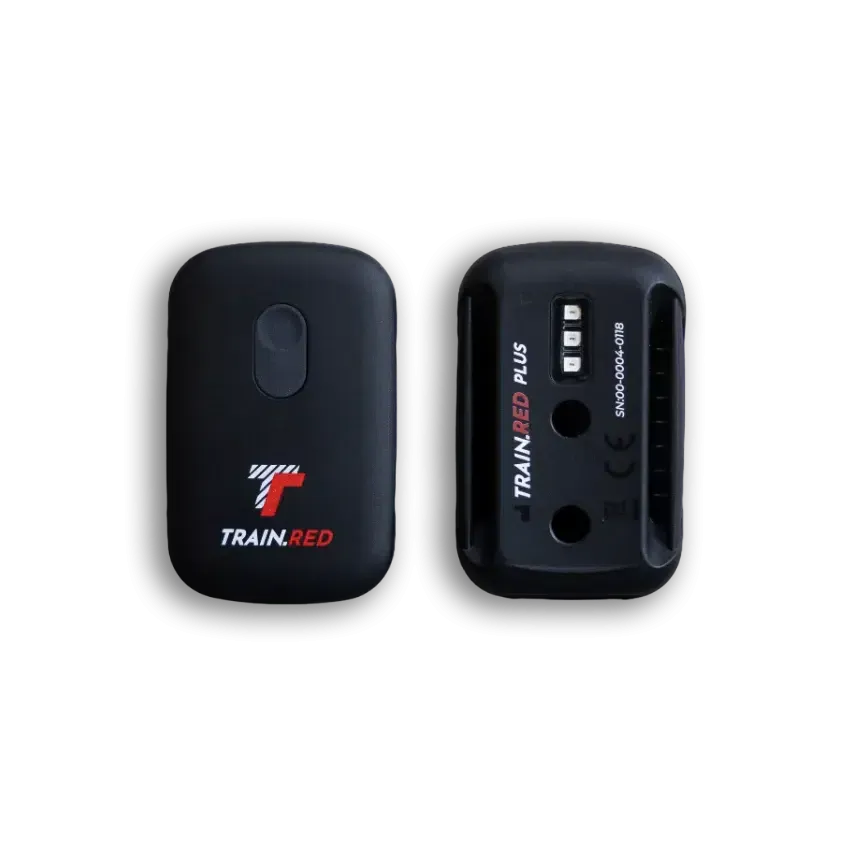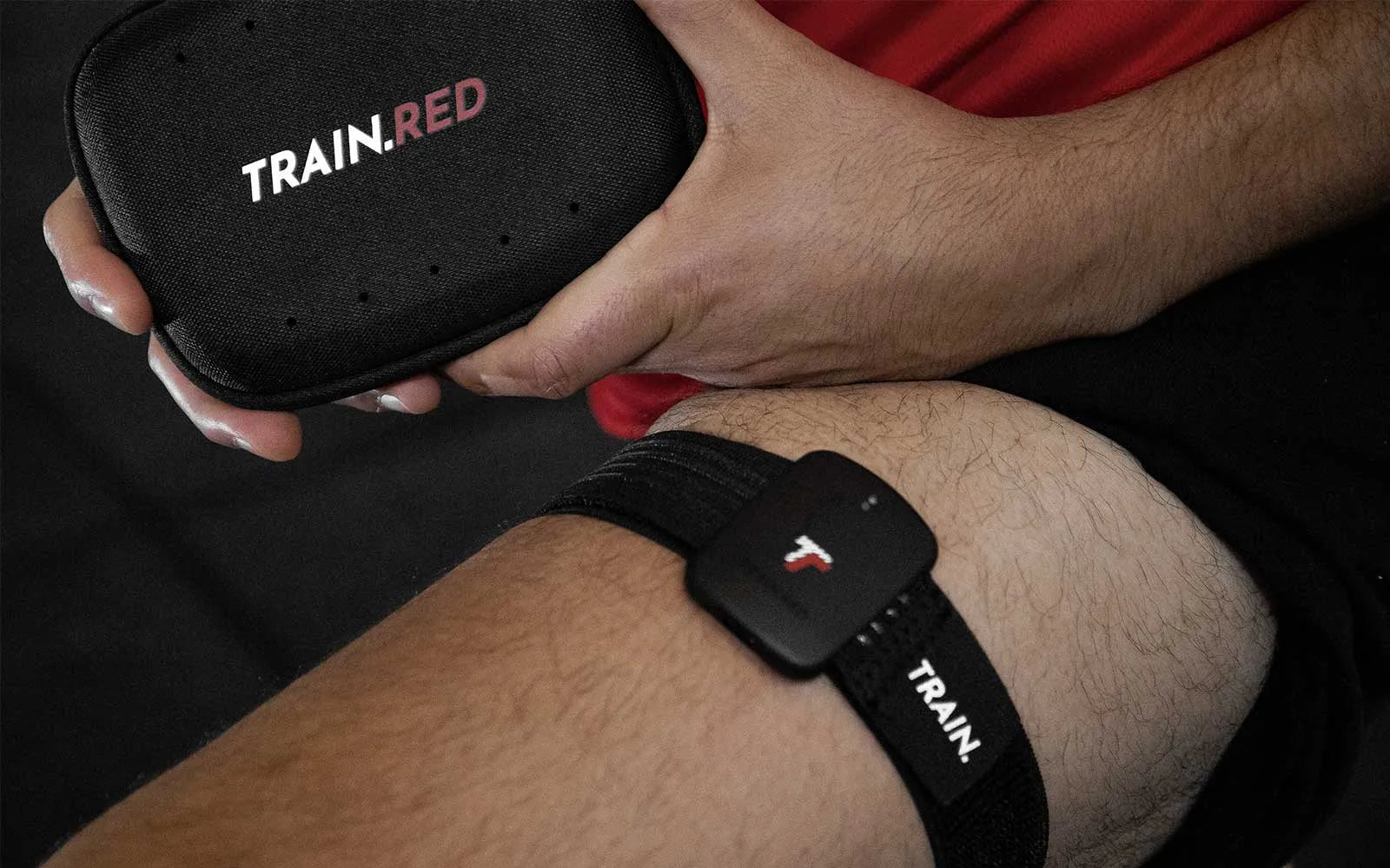
Unlocking Athletic Potential: The Role of Oxygen in Muscle Contraction
Muscle contractions are fundamentally influenced by oxygen. Whether you're a professional athlete or just someone who likes to stay active, knowing how oxygen affects muscle function will help you...

How to Assess Performance Improvement in a Cycling Ramp Test with Muscle Oxygen Data
While cycling is captivating to watch, it's also accessible for everyone to enjoy and improve their well-being. Serious cyclists target specific races, preparing with intense training and recovery ...
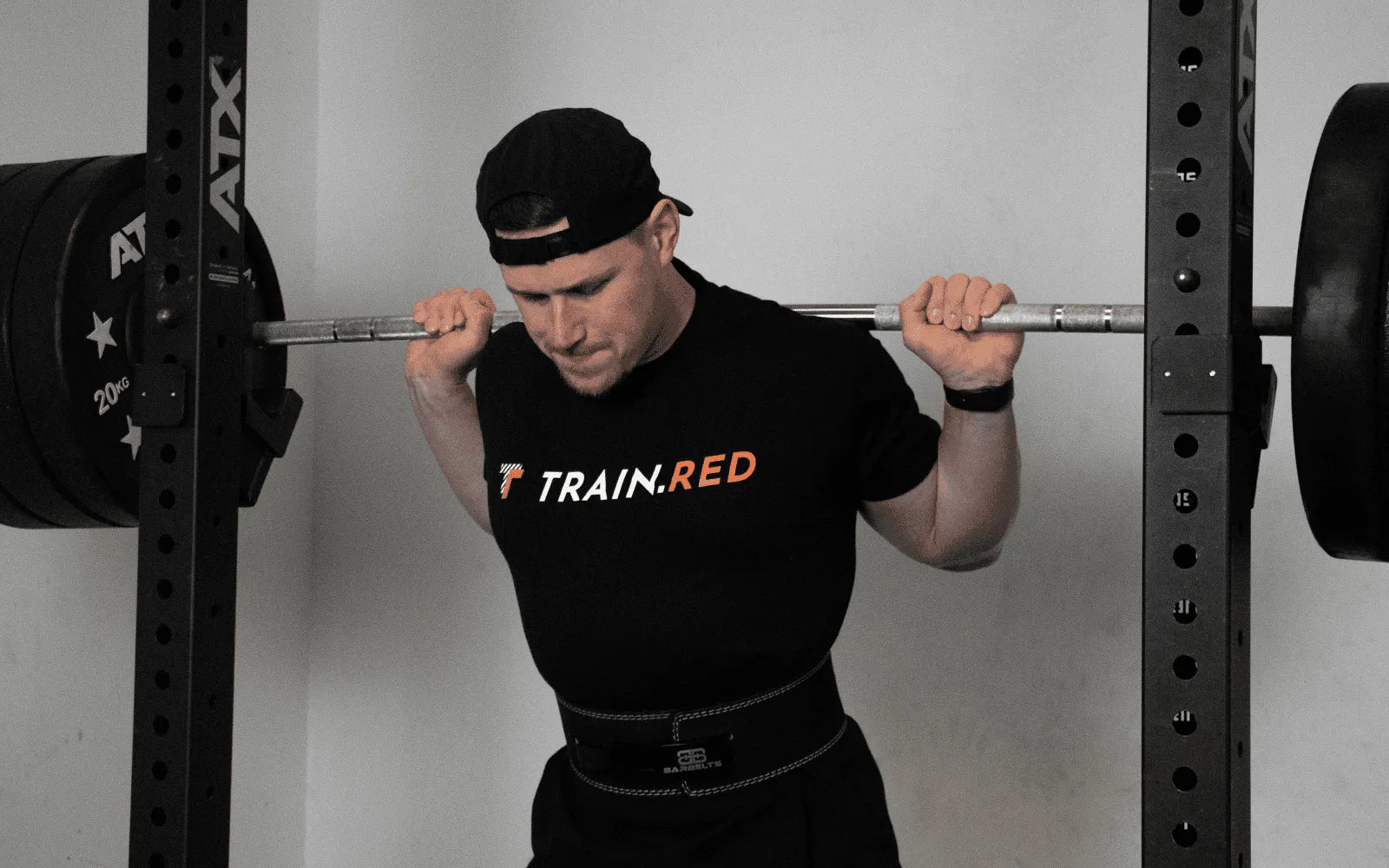
Beginner’s Guide EP3: Using Train.Red app to guide your squat training
The Train.Red app, along with Train.Red FYER, aims to enhance athlete performance by providing live data and features for training and competition guidance. It offers capabilities such as adjusting...

BE AHEAD. podcast EP2: NIRS applied in sports
In this episode, hosts Kim and Jeroen discuss Near InfraRed Spectroscopy (NIRS) and its application in sports and fitness. They explain that NIRS sensors, like the FYER from Train.Red, can measure ...

BE AHEAD. podcast EP1: NIRS explained
In this episode of the BE AHEAD podcast by Train.Red, the hosts Kim and Jeroen discuss Near InfraRed Spectroscopy (NIRS). NIRS is a way of measuring the oxygenation or de-oxygenation of tissue, spe...

How do Train.Red NIRS devices work?
Train.Red utilizes infrared light in the near-infrared region to measure changes in oxygenation levels in the muscle tissue. By distinguishing between oxyhemoglobin and deoxyhemoglobin based on the...
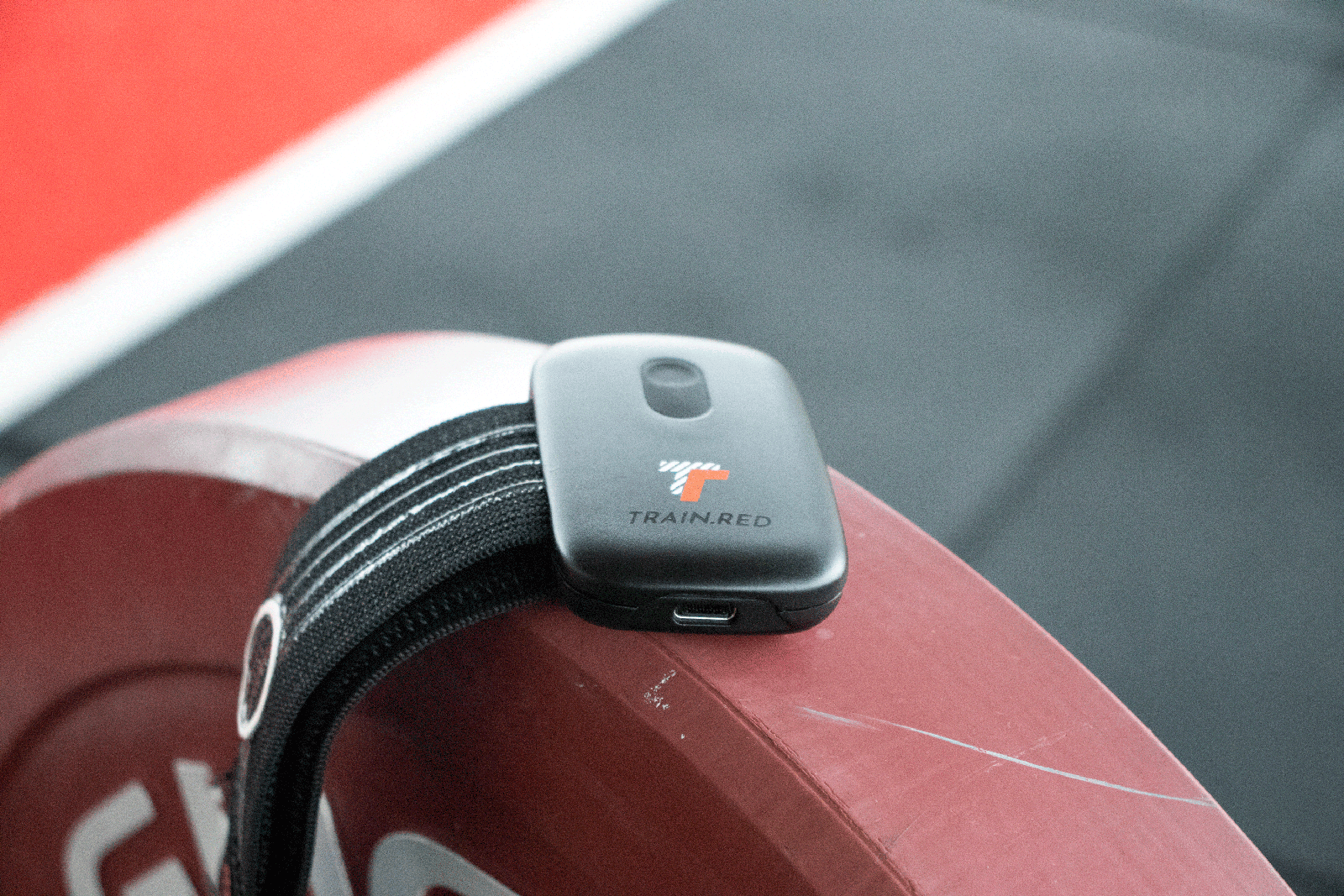
The basic physiology of muscle oxygen uptake explained
The body uses multiple biochemical systems to produce ATP (muscle fuel) during exercise, with one system requiring oxygen. The distribution and consumption of oxygen play a crucial role in performa...

